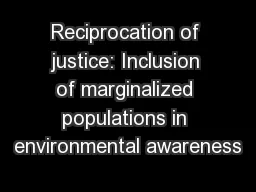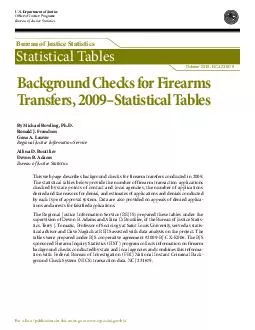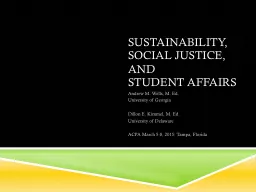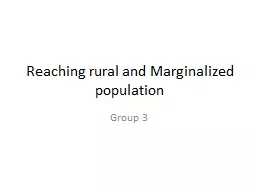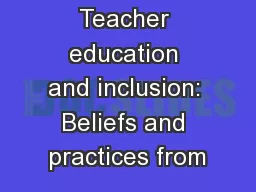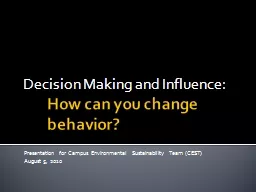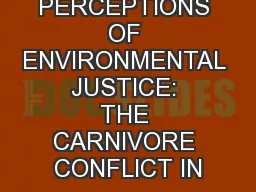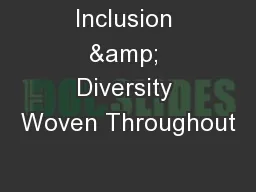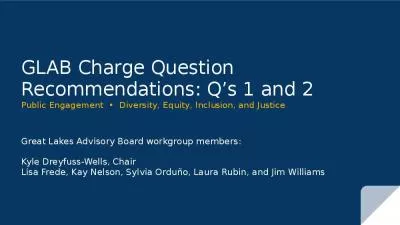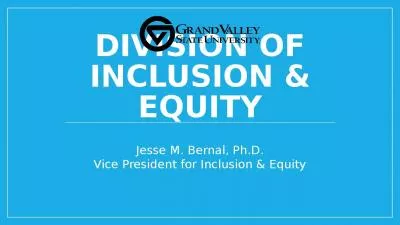PPT-Reciprocation of justice: Inclusion of marginalized populations in environmental awareness
Author : test | Published Date : 2018-10-24
Chris Atchison Georgia State University Environmental Justice is the fair treatment and meaningful involvement of all people regardless of race color national origin
Presentation Embed Code
Download Presentation
Download Presentation The PPT/PDF document "Reciprocation of justice: Inclusion of m..." is the property of its rightful owner. Permission is granted to download and print the materials on this website for personal, non-commercial use only, and to display it on your personal computer provided you do not modify the materials and that you retain all copyright notices contained in the materials. By downloading content from our website, you accept the terms of this agreement.
Reciprocation of justice: Inclusion of marginalized populations in environmental awareness: Transcript
Download Rules Of Document
"Reciprocation of justice: Inclusion of marginalized populations in environmental awareness"The content belongs to its owner. You may download and print it for personal use, without modification, and keep all copyright notices. By downloading, you agree to these terms.
Related Documents

